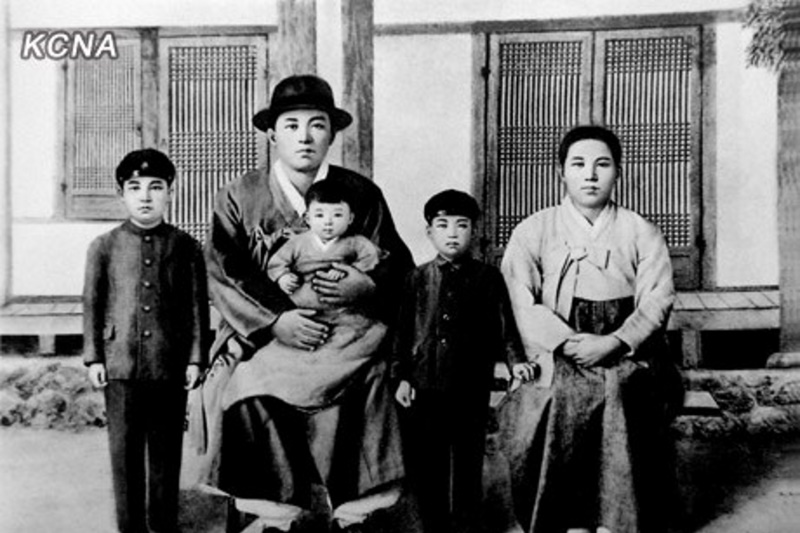Abstract
Hoegorok: Segiwa deobureo(With the Century: The Memoirs), an eight-volume set containing Kim Il Sung’s memoirs, was published in Pyongyang between 1992 and 1996. Given that Kim died in July 1994 upon completion of Volume 6, Volumes 7 and 8 were published posthumously, and were based on drafts and notes that Kim had left. An English translation of the complete set is available in PDF format on North Korea’s official state website ( http://www.korea-dpr.info/lib/202.pdf). The close correspondence between the timing of Kim’s death and the publication of his memoirs is strange, to say the least, as if Kim had anticipated his death and had begun writing them a few years prior to his passing. For, right before his death, Kim Il Sung had virtually re-written his history by way of his memoirs.
What I mean is that there is an interesting twist associated with the publication of the memoirs, a twist that makes Kim Il Sung into something that was different from what he had been until 1994. By the time of his death, Kim had been elevated to the status of sacred national symbol. In dying, he acquired eternal life, having been immediately resurrected with the title of Eternal President, an office which no one, not even his son nor grandson, would assume thereafter. In something of a prosaic yet substantial counterbalance to all of this, the memoirs speak to Kim’s humanness – he depicts himself as a man, nothing more and nothing less. Reading Kim’s memoirs at this point in time, his son’s reign having come and gone and his grandson having now assumed power, gives us an interesting glimpse into how North Korea situates and envisions the position of leader vis-à-vis the people. In this article, I would like to explore an example of a shift in the position Kim Il Sung occupies in North Korea’s history (from human to deity) via a close reading of Kim’s memoirs. My strategy of doing so is two-fold: I shall try to approach memoirs with the intent of locating its authenticity on the one hand (section 1 below) and by situating myself as a “native reader” of Kim Il Sung’s words, on the other (section 2). These will be followed by the exploration of memoirs’ key points (section 3).

This work is licensed under a Creative Commons Attribution-NonCommercial-NoDerivatives 4.0 International License.

